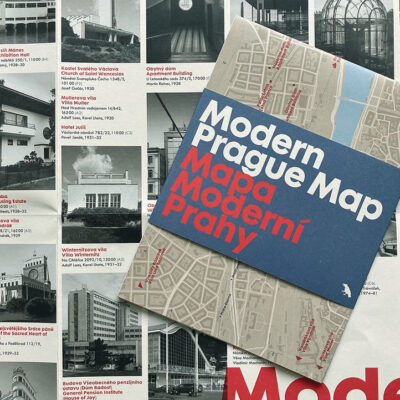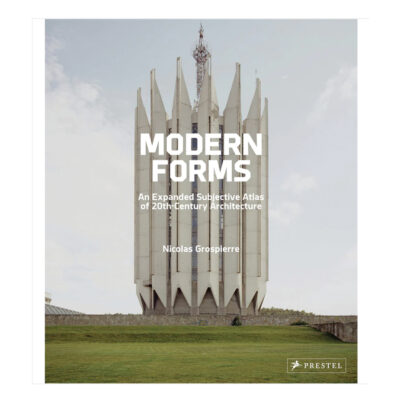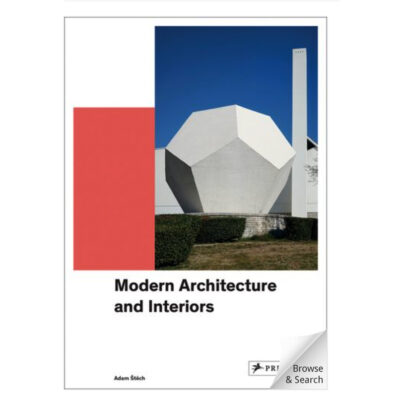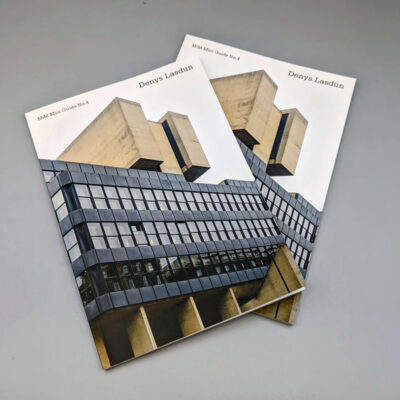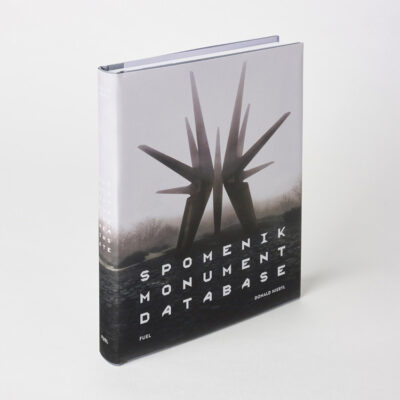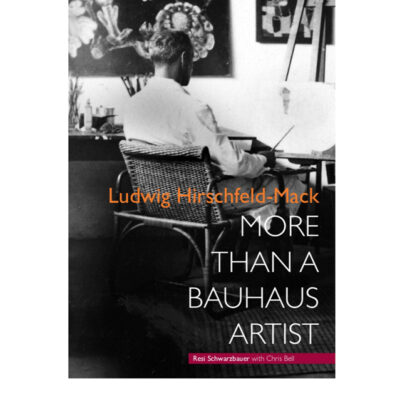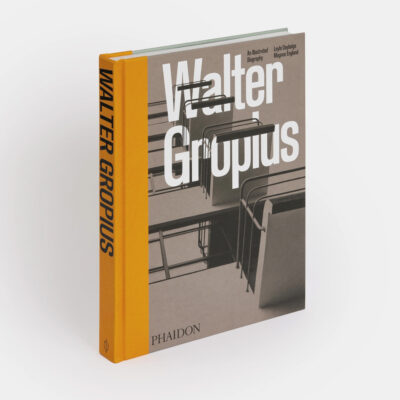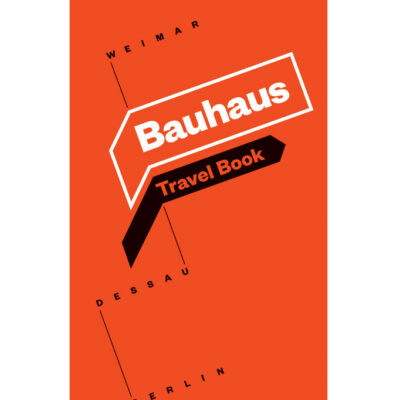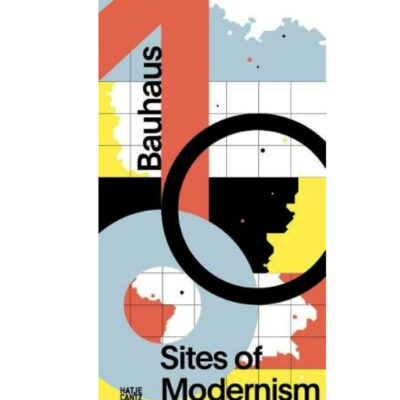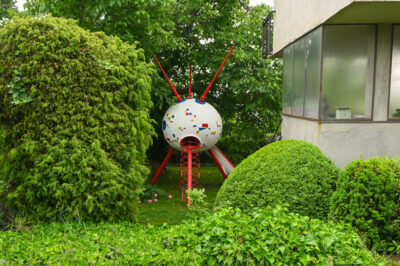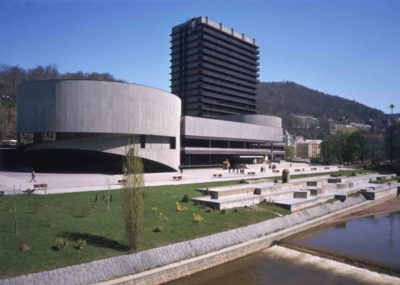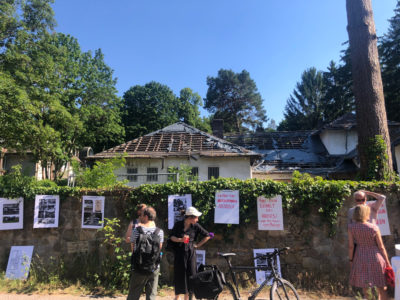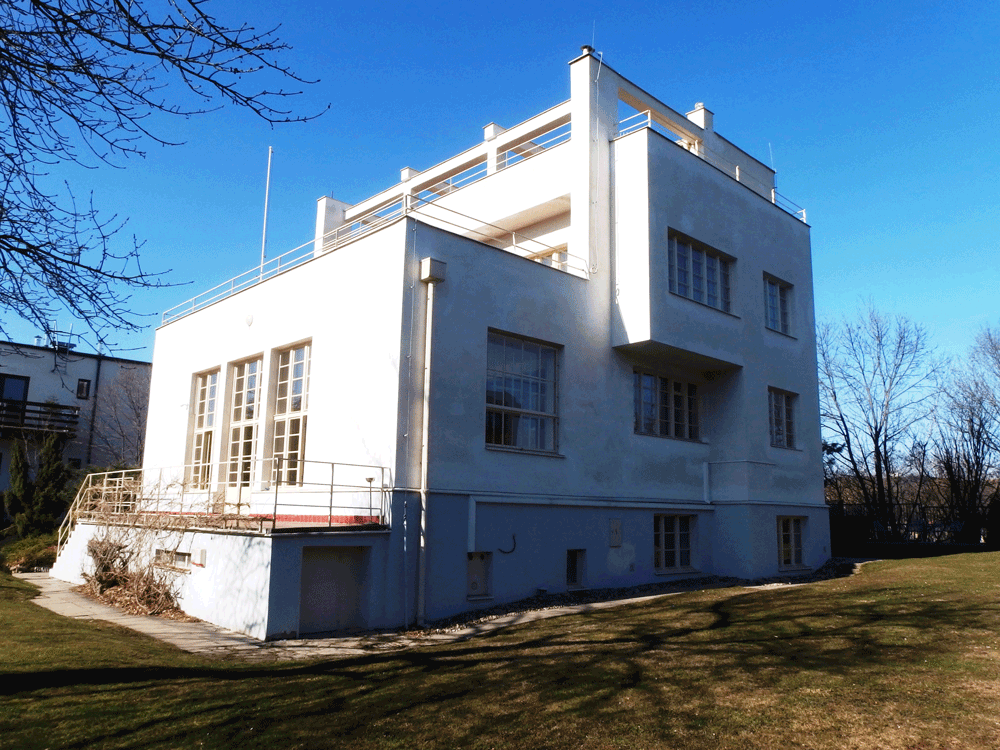
Villa Winternitz
When Prague lawyer JUDr. Josef Winternitz commissioned Adolf Loos and Karel Lhota to design and build his family a home in 1931 he will have been aware off the threatening extremes off European politics but could not have imagined the genocidal ambitions of the Nazis or the cruel manner in which his family would be driven from Vila Winternitz. Nor the epic battle, lasting more than half a century, to return the villa to its rightful owners. He may have hoped, but did not survive, to see the villa recognised as one of the most important interwar years homes in the Czech Republic.
To understand the design of Villa Winternitz it’s useful to understand Adolf Loos’ concept of Raumspace – his special plan. This was a concept Loos had used a year earlier in the design of Villa Müller in Prague. His vision Ornement et Crime was made clear first in lectures and then famously published in 1913 in the French press. In Müllerova Vila, as it is called in Czech, he brought these concepts to life and repeated that in Villa Winternitz. His designs were entirely suited to a new modern progressive way of living in Czechoslovakia’s First Republic.
‘My architecture is not conceived in plans, but in spaces (cubes). I do not design floor plans, facades, sections. I design spaces. For me, there is no ground floor, first floor etc…. For me, there are only contiguous, continual spaces, rooms, anterooms, terraces etc. Stories merge and spaces relate to each other. Every space requires a different height: the dining room is surely higher than the pantry, thus the ceilings are set at different levels. To join these spaces in such a way that the rise and fall are not only unobservable but also practical, in this I see what is for others the great secret, although it is for me a great matter of course.’
It would turn out to be Adolf Loos’ last project before he died. Completed in one year, his failing health meant that whilst the design was all his, the construction was overseen by Karel Lhota. Interestingly there is the suggestion that the reason Loos took on Josef Winternitz’s project in the first place was because Winternitz represented the construction company working on Villa Müller, bringing Winternitz and Loos into each other’s orbits.
On 15th March 1939, Hitler’s troops marched into Prague, making life for the city’s Jewish population terrifying and dangerous. Josef and his wife Jenny and their children Suzana and Petr were forcibly evicted from Villa Winternitz in 1941, their home confiscated and transferred to the Auswanderungsfond für Böhmen und Mähren (the Emigration Fund for Bohemia and Moravia), an officially organized looting operation. The villa now became the property of the city.
The family remained elsewhere in the city until 1943 under constant threat of deportation until they received notification that they were being removed to Theresienstadt. From there, like tens of thousands of other Jews they were transported to Auschwitz, one of the best-known of the Nazi Death Camps. Josef and his son Petr did not survive, miraculously Jenny and their daughter Suzana did. Liberated they made their way back to Prague.
Like so many survivors, it was never going to be a case of being able to simply move back into their home. Tied up in legal knots, the penniless mother and daughter technically reclaimed their home in 1948 only to be landed with ‘inheritance and millionaire tax’, ‘payment of which was conditional on the return of the villa’. Cynically the state knew that refugees would never be able to raise the funds but now the mother and daughter had dared to raise their heads above the parapet; they were liable for ‘discovered costs’. The state was entirely in control and Jenny and Suzana pawns in a situation still, mostly unsatisfactorily, playing out today for many survivors’ families, wartime restitution. The final deal agreed in 1956 left the state in control of Villa Winternitz ‘in return for the cancellation of foreclosures and other claims arising from the fight to return the property’. The local municipality repurposed the family home as a kindergarten.
The decades rolled on, the communist system ensured that Jenny and Suzana could never reclaim their home. Jenny died before the collapse of communism.
A ray of light finally came in 1997, six years after the 1991 Velvet Revolution. Years of gruelling litigation between the family and the municipality (mirroring a debate at national level about the process of restitution) saw the villa finally returned to the descendants of Josef and Suzana. Their grandson Stanislav Cysar and other family members came together in 1999 to restore the home, bringing it back to former glory. Anyone who has looked at property restitution will know this is a rare outcome across Europe.
Today it is possible to visit the house. and even arrange a stay overnight.
Na Cihlářce 10
150 00 Prague 5
Villa Winternitz Website
Centre for documentation of property transfer CZ
Banner image CC BY SA 4.0 Palickap




